Description
In the early 1900s, Robert Miller, a.k.a. “Count Victor Lustig,” moved to Paris hoping to be an artist. A con artist, that is. He used his ingenious scams on unsuspecting marks all over the world, from the Czech Republic, to Atlantic ocean liners, and across America. Tricky Vic pulled off his most daring con in 1925, when he managed to “sell” the Eiffel Tower to one of the city’s most successful scrap metal dealers! Six weeks later, he tried to sell the Eiffel Tower all over again. Vic was never caught. For that particular scam, anyway. . . .
Kids will love to read about Vic’s thrilling life, and teachers will love the informational sidebars and back matter. Award-winner Greg Pizzoli’s humorous and vibrant graphic style of illustration mark a bold approach to picture book biography.
“Greg Pizzoli’s “Tricky Vic: The Impossibly True Story of the Man Who Sold the Eiffel Tower” is a splendid example of the type, loaded with facts but with good storytelling and high-level illustration. This book, a biography of one of the greatest con artists who ever lived, a man who went by the name Count Victor Lustig (among others), is basically a Trojan horse, ready to be wheeled through the gates of your child’s classroom. What child doesn’t love a story about people getting tricked? “Tricky Vic” is out to make mischief, but it is also history, with several pit stops for informational sidebars on such topics as Prohibition, the Eiffel Tower and Alcatraz. Each is clearly written, and not overly long. Throughout, Pizzoli’s jocular, simple but graphically sophisticated collage illustrations draw readers even further into a story it would be hard to be bored by.
As Pizzoli (“The Watermelon Seed,” “Number One Sam”) tells it, the Czech-born “Tricky Vic” made tricking other people into a form of theater, beginning with a career posing as an aristocrat on ocean liners between Paris and New York. He was, we learn, “a convincing count: exceedingly well dressed, soft spoken, and always with lots of money to spare at the game tables.” His well-heeled marks were shocked when he fleeced them. After World War I killed the ocean liner scene, Tricky Vic came to the United States, cleverly gained the trust of Al Capone by conning the gangster into thinking he was honest (really), then made his way around the country doing the old “Romanian Money Box scam,” in which he sold fake counterfeit-money machines to wealthy suckers who would never suspect a polished European count of such shenanigans. Then came the greatest con of all, in which he convinced scrap metal dealers that he was a French government official charged with removing the newly built and unpopular Eiffel Tower, and sold the rights to the demolition for a hefty fee.” -From https://www.nytimes.com/2015/03/11/books/review/tricky-vic-and-earmuffs-for-everyone.html
Pictures taken from: https://shoptantrum.com/products/tricky-vic











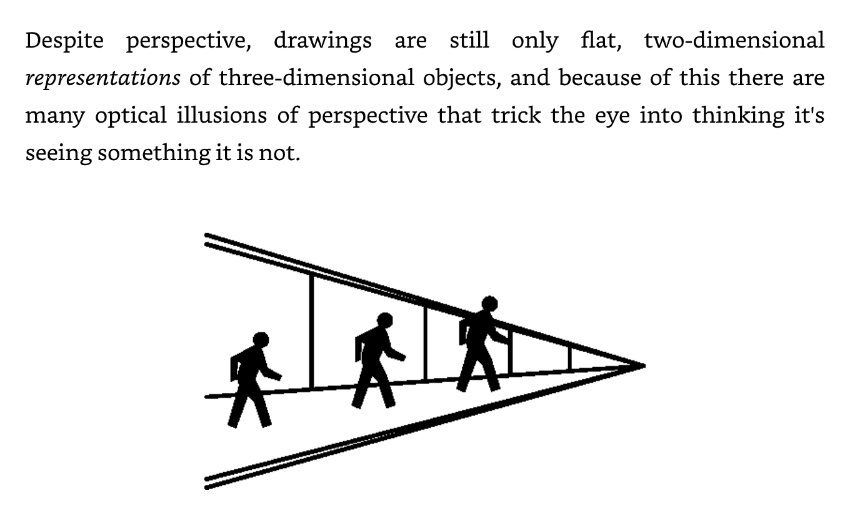
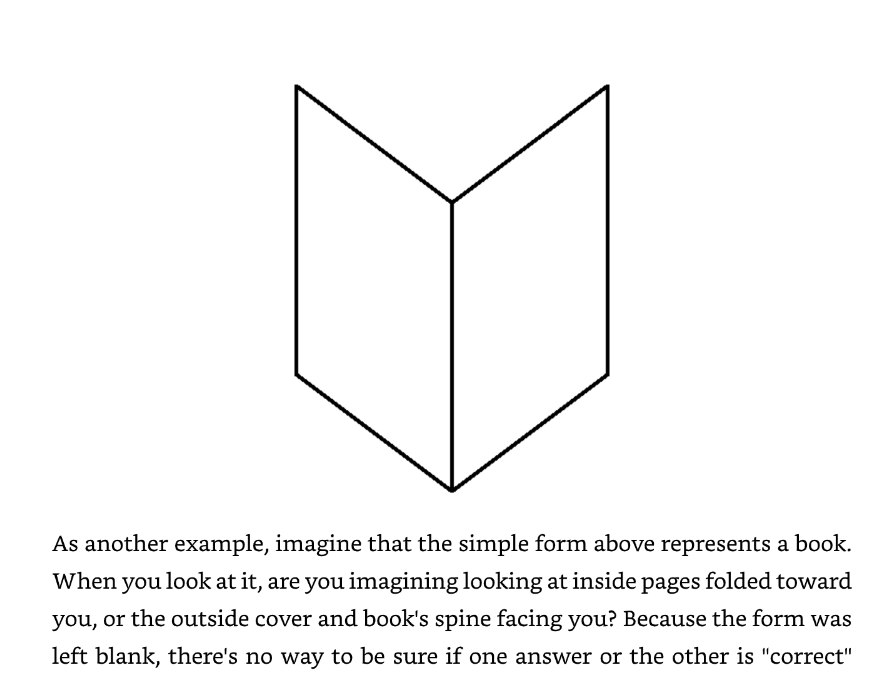










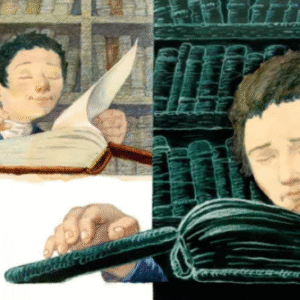
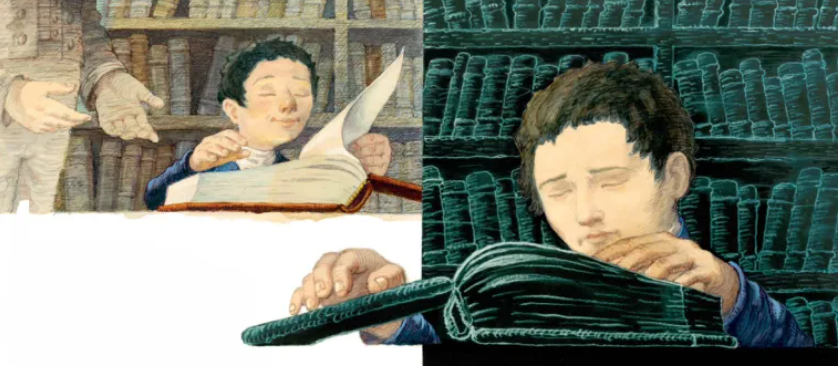
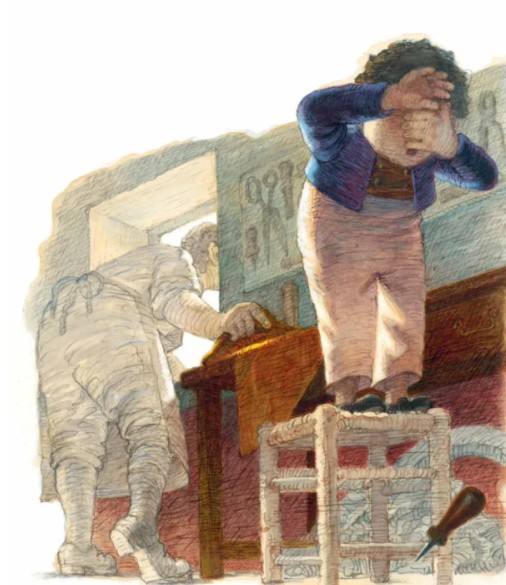
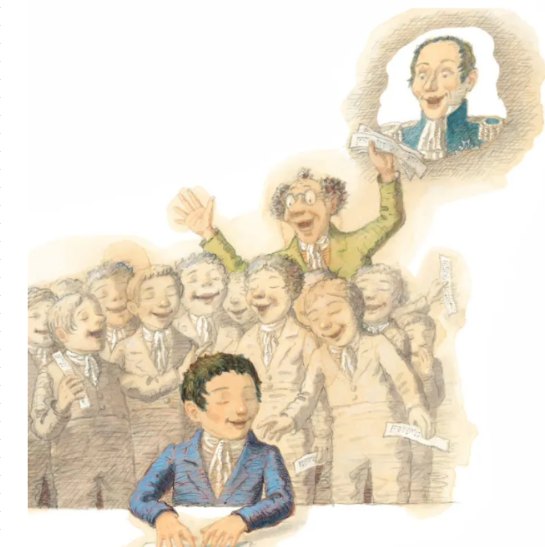
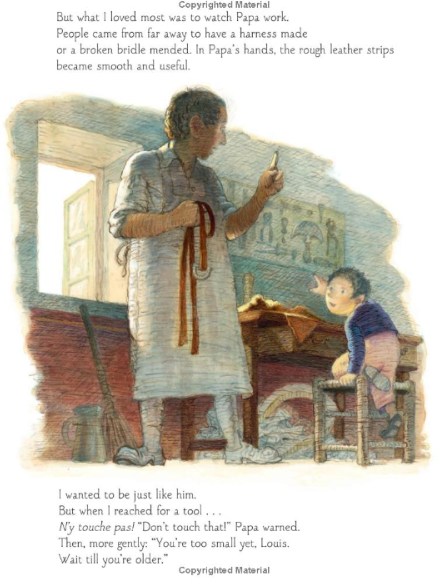

Leave a Reply